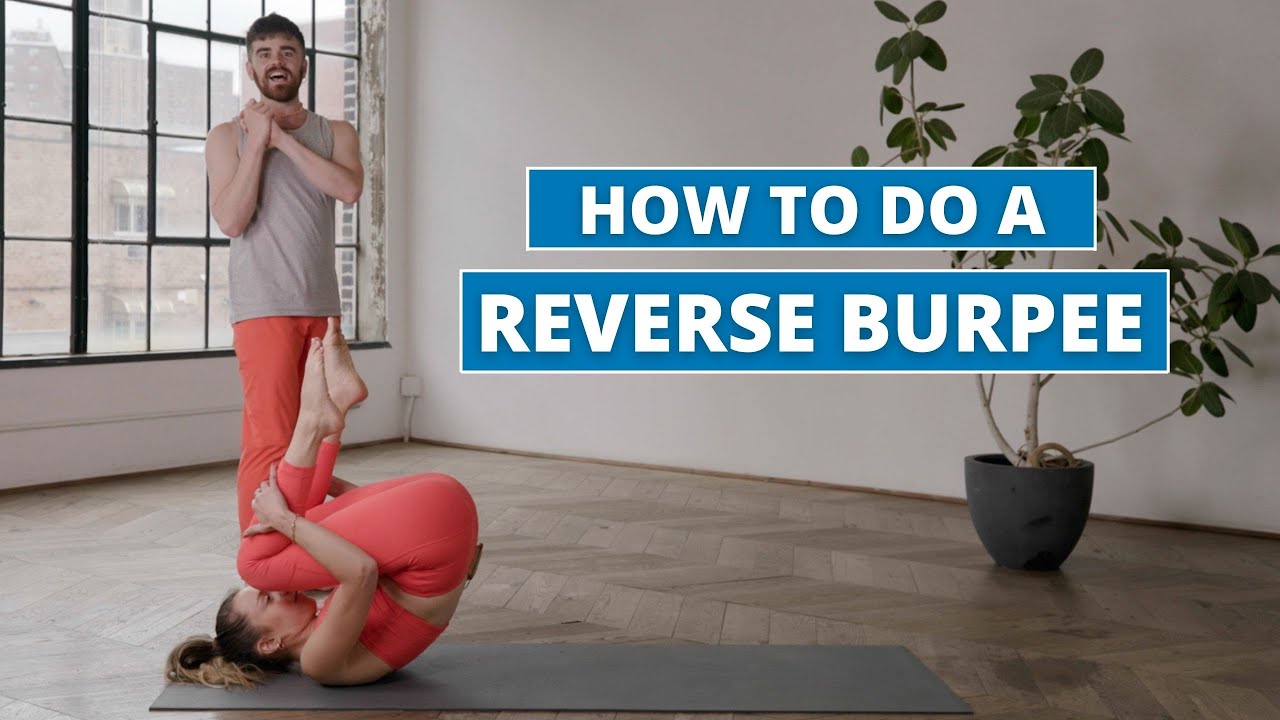“Reverse burpees are so good for adding a cardio option to strengthen glutes and core for healthy knees and a low back,” says Spencer in today’s video. Plus, because reverse burpees require you to learn a new (somewhat complex) movement pattern, they’re also helping you hone your coordination and motor skills—which may increase your longevity.
- Brian Spencer, instructor at East River Pilates in New York City
- Chloe de Winter, physiotherapist, master Pilates instructor, and founder of Go Chlo Pilates
Of course, the odds of you nailing a reverse burpee on the first try are slim (and that’s totally okay). The exercise involves a controlled backward roll that gives you enough momentum on the way forward to spring up onto your feet and jump into the air. It’s far from easy, but luckily Spencer and de Winter are breaking down some of the most common mistakes they see in class on this week’s edition of TOTMC.
The first thing to watch out for, says Spencer, is your knees. If you find that they’re buckling in toward one another to help you lower to the ground, roll backward, and lift back up, you’re compromising the health of your ankles. Second, Spencer says people tend to let their legs bob up and down in the air when the core work comes from holding your thighs tightly to your chest. And last, reverse burpees-newbies tend to opt out of using their hands when doing so would help them maintain proper form.
To see de Winter and Spencer’s tips for keeping A+ reverse burpee form, check out the video in full. Then, you’ll be ready to add this move into your HIIT mix.
